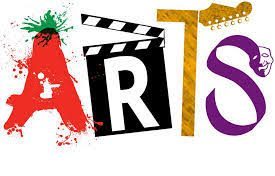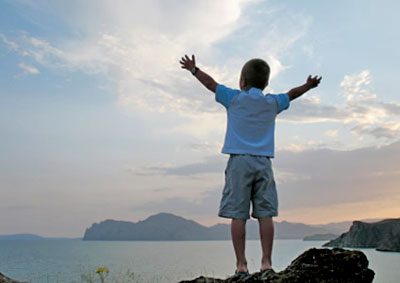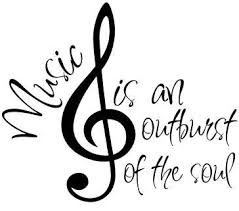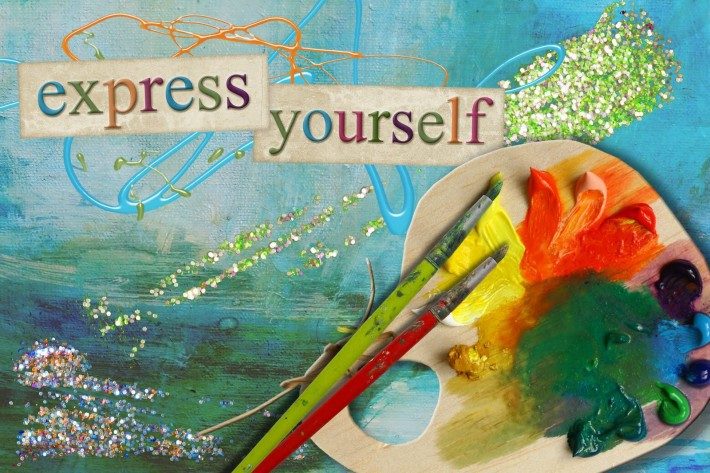The final week of inputs has arrived, and I feel a more creative and empowered individual as a learner as well as having a bank of skills to use when educating others. This week our first focus involved music, an area I have always noted as being unconfident in and unsure of myself within the class, however this week I could reflect on what had been learnt over the previous inputs and the enjoyment music has given me.
Today our instrument focus was a ukulele, which I have never handled before, but I was excited about it. I was intrigued by the ukulele and enjoyed learning about tuning it and the different order of the strings to its similar instrument of a guitar. It was useful to learn about how a previous resource we had an input in, charanga, was something we could use to go through the process of tuning with the children.
Learning about the ukulele there was simple steps and images we can display to children online such as this image:


This use of numbers can be more representative of children and understanding the strings and notes. With this, stickers on the part of the ukulele we place our fingers, can aid the playing of notes on the fret, these are our base chords.
Benefits that come from the ukulele can include:
- Simple methods for learning notes opening up a huge variety of songs from traditional to pop for any level;
- The Ukulele is tunable and enables students to not only learn pitch but the relative pitch
- Students are learning hand-eye coordination, fine and gross motor skills. (Cahill, n.d)
Working together to get the placement of fingers and learning co-ordination of moving fingers onto different chords can be good skills for learners to acknowledge. As a learner, a key thing I took was the knowledge of fingers that can stay in the same place or the movement to close by stickers. This simple knowledge, helped me adjust and learn how to manipulate my fingers on the strings to play the notes.
A vital thing for children is that it is kept simple as in the note forms or playing the songs that are required. Noted through this video, we can see the way that 4 notes CFG and Am are all that is required in a lot of known pop songs.
Children can relate to these songs and can encourage them to learn and participate in music.
As it was Christmas our final performance as a whole peer group was ‘last Christmas,’ which was an enjoyable experience to play the ukulele at the end of this lesson after struggling with the chord transitions, as I found the more fingers required the more complicated it was.
Next up was our final dance input, which meant it was time for our performance. This final presentation is something children will look forward to but others will be anxious about it, so it is important to manage this as the teacher.
Firstly, we had some practice time as some students had been absent and also altering parts as some struggled with one aspect. This is vital in working collaboratively and adjusting appropriately where appropriate. Next, this would be combined to practice as a whole group to put the timings and parts of the dance together, as well as a refresh before the filming takes place. These stages and a discussion with learners on why we film is vital, as we discuss how we can use these moments to alter before a final performance on stage.
This can be done through the use of 3 stars and a wish about the performance and can be done about yourself or your peers as peer feedback. This can then lead to editing parts the children feel they want to edit of the dance.

Bloomfield (2012) discusses the way of recording dance can link to the critical thinking that can take place as improvement can then occur as children think through their dances and can contemplate their movements.
With this, the teacher needs to demonstrate key words and aspects of dance children need to explore when evaluating the dance. For example, this can look at energy levels or the timing of the group, to focusing on skills or choreographic devices in the routine such as kicks and turns or repetition or formation. These aspects can aid children in being able to reflect on what they have produced but also learn keywords related to dance.
This task identifies with the curriculum through the experience and outcome within the dance of:
I can respond to the experience of dance by discussing my thoughts and feelings. I can give and accept constructive comment on my own and others’ work.
EXA 0-11a, EXA 1-11a, EXA 2-11a
(Scottish Government, 2017)
This final performance can be daunting and watching yourself back can be something individuals don’t want to do, but it is important to relay to the children the enjoyment that is to be had with this and there is no wrong all expression is personal. These personal pieces of work and creativity will hopefully build confidence in a learner and empower them to know what they can do when they put their minds to it and open up to the arts.
The end of these inputs identifies the way that at first in all these art forms can be daunting and how as an educator they may find it hard. However, through simple steps, the arts can create these wonderful, creative final pieces and build confidence in the learner. With this, I have also had my eyes open to the multitude of ways the arts links into key academic areas of the curriculum, in strong and positive manners. I come away from all these experiences as a more creative, confidence, open-minded learner and educator. This module showed how “creative work grows out of each individual arts discipline and its combination with another” identifying to myself how the processes that emerged are in fact “rooted in the nature of the arts themselves” (Bloomfield,2012)
This shows to me as an educator the vital need for the arts within our primary education settings.
References
Scottish Government (2017) Curriculum for excellence: expressive arts. Experiences and Outcomes[Online] available: https://education.gov.scot/Documents/expressive-arts-eo.pdf [accessed: 9/12/2019]
Bloomfield, A. (2012) Teaching integrated arts in the primary school. Routledge: New York
Cahill, N. (N.D.) Ukulele in Today’s Classroom: How the ukulele can benefit your music education [online] Available: https://nafme.org/ukulele-todays-music-classroom/ [accessed: 09/12/2019]
The axis of awesome (2011) 4 Chords | Music Videos [online] available: https://www.youtube.com/watch?v=oOlDewpCfZQ [accessed: 09/12/2019]










































